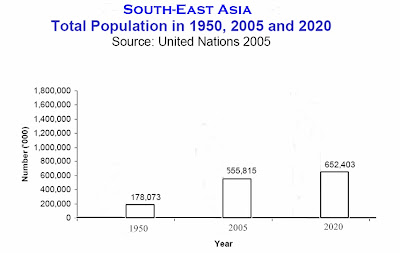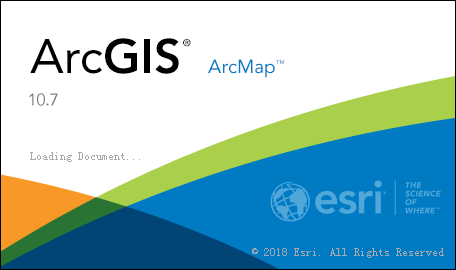Demographic characteristics of South-East Asia
Year back from now i was assigned to read about South-east Asia and Its demographic characteristics by my course teacher. I tried to gather information through various search enginesOf all the changes that swept Southeast Asia over the three decades since the formation of ASEAN, the transformation of population processes and trends have been among the most striking. Southeast Asia in 2002 had 8.6 % of the world’s population with 536 million people compared with 7.2% in 1950 (population Reference Bureau, 2002). The post-war period has seen the population of Southeast Asia increase almost three times. The period following the formation of ASEAN has seen the population of the region double from 253 million. The regions population growth rate peaked at 2.52 % annum in the late 1960s up from 1.92 % in the early 1950s and subsequently falling to 1.4 % in 2002 (UNESCAP). However, the changes in the size and growth of the population are only part of the story, and there have been dramatic shifts in the processes of population growth (fertility, mortality and migration) as well as in the composition and spatial distribution of the population. These shifts have been caused by, and in turn been important influence upon, the economic and social changes that have transformed the region.
Population
Broadly speaking, the region has been until recently one of very thin population and large patches of it still contain populations of remarkably low density. Direct evidence of densities of densities are scanty for periods farther back than this century, yet it seems probable that the whole of Southeast Asia in 1800 contained only about ten million people, when the region was probably as thinly peopled in its most attractive areas as upper Burma and Upper Siam, the least attractive and developed areas, are today; Malay then contained about a quarter million people, Java about four million, Burma probably less than two million
 |
| Figure: Total Population of SEA |
 |
| Figure: population as a percent of world population |
Current population status of Southeast Asia
Table : present population status of SEA
Area
|
5,000,000 km2 (1,900,000 sq mi)
|
Total Population
|
593,000,000
|
Density
|
118.6 /km2 (307 /sq mi)
|
Table : Population of SEA by countries
Country
|
Area(km2)
|
Population(2009)
|
Density(/km2)
|
Brunei
|
5,765
|
500,000
|
70
|
Burma
|
676,578
|
50,020,000
|
74
|
Cambodia
|
181,035
|
14,805,000
|
82
|
East Timor
|
14,874
|
1,134,000
|
76
|
Indonesia
|
1,904,569
|
240,271,522
|
126
|
Laos
|
236,800
|
6,320,000
|
27
|
Malaysia
|
329,847
|
28,318,000
|
83
|
Philippines
|
300,000
|
91,983,000
|
307
|
Singapore
|
724
|
5,290,730
|
7,023
|
Thailand
|
613,120
|
64,964,000
|
132
|
Vietnam
|
331,210
|
88,069,000
|
259 (2011)
|
Population Distribution and density of Southeast Asia
Southeast Asia has an area of approximately 4,000,000 km2 (1.6 million square miles). As of 2004, more than 593 million people lived in the region, more than a fifth of them (125 million) on the Indonesian island of Java, the most densely populated large island in the world. Indonesia is the most populous country with 230 million people and also 4th most populous country in the world. The distribution of the religions and people is diverse in Southeast Asia and varies by country. Some 30 million overseas Chinese, not including the heritage, also live in Southeast Asia, most prominently in Christmas Island, Malaysia, Philippines, Singapore, Indonesia and Thailand, and also, as the Hoa, in Vietnam.
 |
Density map of
|



Comments
Post a Comment